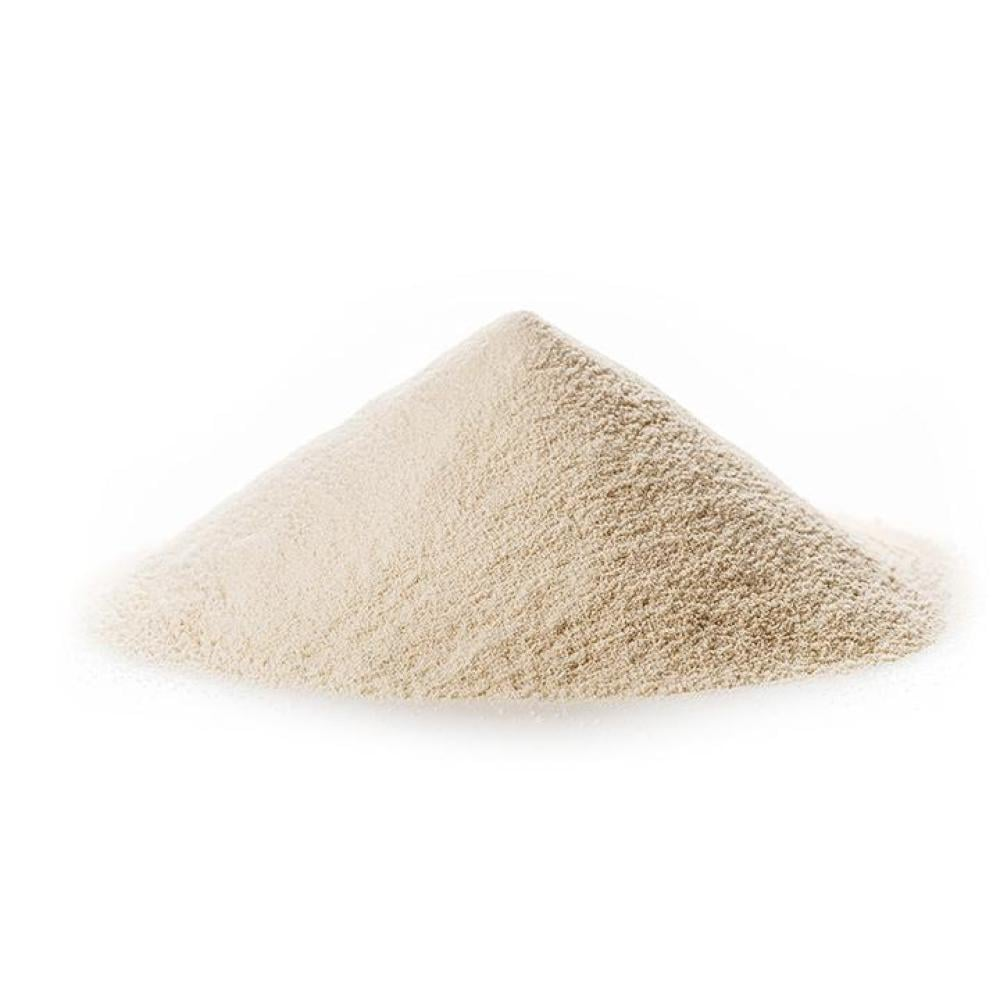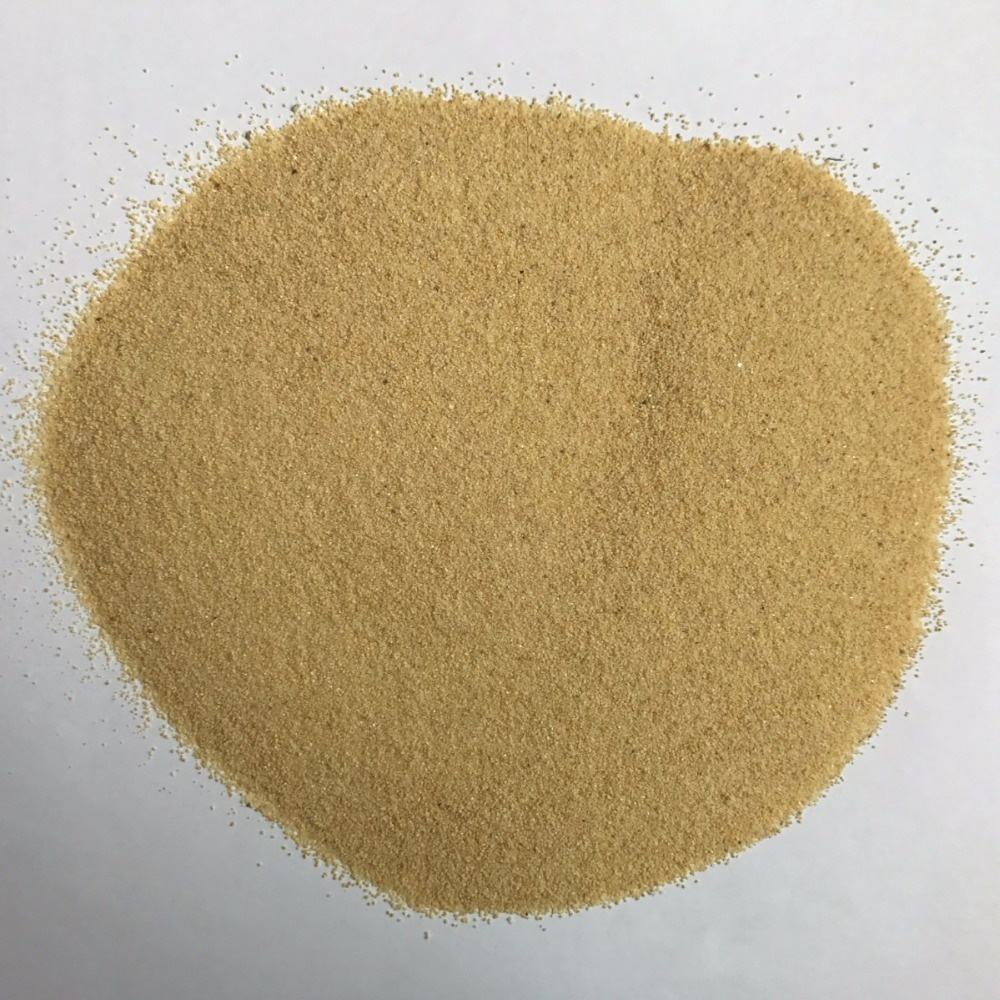Types of Sand for Construction – The Key to Durable Projects
- الصفحة الرئيسية
- تفاصيل المدونة
 April 18, 2025 - بواسطة مشرف
April 18, 2025 - بواسطة مشرف
Types of Sand for Construction – The Key to Durable Projects
Types of Sand for Construction – The Key to Durable Projects
When we talk about strong foundations and solid structures that withstand the test of time, we cannot overlook the role of sand types in construction. Sand is the element that ensures the stability and quality of buildings. From fine sand used in finishing works to coarse sand that reinforces concrete durability, choosing the right type is a critical step in every construction project. In a world filled with various raw materials, understanding the properties of different types of construction sand is the secret to creating buildings that combine strength and beauty. Get ready to discover fascinating details about this essential material and its pivotal role in realizing your engineering dreams.
Types of Construction Sand
Sand is one of the fundamental materials in construction and plays a major role in determining the quality and flexibility of structural designs. With many types of sand available, choosing the most suitable type becomes one of the most important steps for a successful project. Here, we’ll explore the most common types of construction sand in detail, including their characteristics, uses, and impact on the strength and durability of structures.

1. Fine Sand (White Sand or Sea
Sand)
Characteristics:
- Composed of small-sized particles, giving it a smooth texture.
- Usually white or light-colored, making it suitable for many aesthetic applications.
- Contains a low percentage of organic matter and fine particles.
Uses:
- Cement Concrete: Fine sand is a good choice for preparing concrete in small to medium projects, enhancing workability and reducing construction costs.
- Interior and Exterior Finishes: Commonly used in plastering and painting works, enhancing surface smoothness and quality.
- Roads and Decorative Finishes: Used in concrete mixtures for sidewalks or tiles, as well as in decorative mixes.
Impact on Construction:
Fine sand positively affects the texture of concrete and provides better stability. However, in some cases, it may weaken mechanical strength when used in heavy-load concrete applications.
2. Coarse Sand (Regular Construction Sand)
Characteristics:
- Composed of larger particles compared to fine sand.
- Color ranges from yellow to dark brown.
- More resistant to pressure and contains more impurities than fine sand.
Uses:
- Reinforced Concrete: Ideal for preparing reinforced concrete requiring high load-bearing capacity, such as foundations, columns, and load-bearing walls.
- High-Pressure Surfaces: Used in areas subjected to heavy loads like highways, bridges, and large building rooftops.
- Heavy Cement Mixes: Applied in structures requiring high mechanical strength, such as massive columns and walls.
Impact on Construction:
Coarse sand enhances the strength of concrete and increases its resistance to wear and pressure. Its use ensures durability and sustainability in projects that demand high load resistance.
3. Silica Sand (Red Sand or River Sand)
Characteristics:
- High content of silica (SiO₂), which gives it greater strength and endurance.
- Relatively rounded grains, improving material cohesion when mixed with cement.
- Often yellowish or reddish in color.
Uses:
- High-Strength Concrete: Used in high-quality reinforced concrete, especially in projects requiring great load capacity such as towers, bridges, and large-scale structures.
- Glass Manufacturing: Silica sand is primarily used in the glass industry due to its high silica content, the main component in glass production.
Impact on Construction:
Silica sand improves concrete durability and cohesion, making it resistant to environmental factors such as heat and moisture. It’s ideal for projects demanding high quality and long-term sustainability.
4. Sea Sand (Marine Sand)
Characteristics:
- Contains a high percentage of salts and minerals, giving it rough texture and unique properties.
- Usually light in color, with a mix of fine and coarse particles.
Uses:
- Marine Concrete: Used in building docks, ports, and maritime structures due to its resistance to chemical reactions in marine environments.
- Corrosion-Resistant Concrete: Suitable for areas exposed to chemicals and saltwater.
Impact on Construction:
Although sea sand contains salts that can react with certain chemicals, it is still used in some marine projects. It plays a significant role in enhancing concrete’s resistance to corrosion.
Conclusion
The types of construction sand remain the foundation of any successful building project. Choosing the right type not only enhances strength and quality but also reflects an informed engineering vision striving for excellence. Whether you're planning to build your dream home or a massive landmark project, understanding the characteristics of sand and using it optimally is the key to stronger foundations and long-lasting structures. Always remember—small details make a big difference.
If you'd like this formatted as a publish-ready article or need any edits, just let me know!



